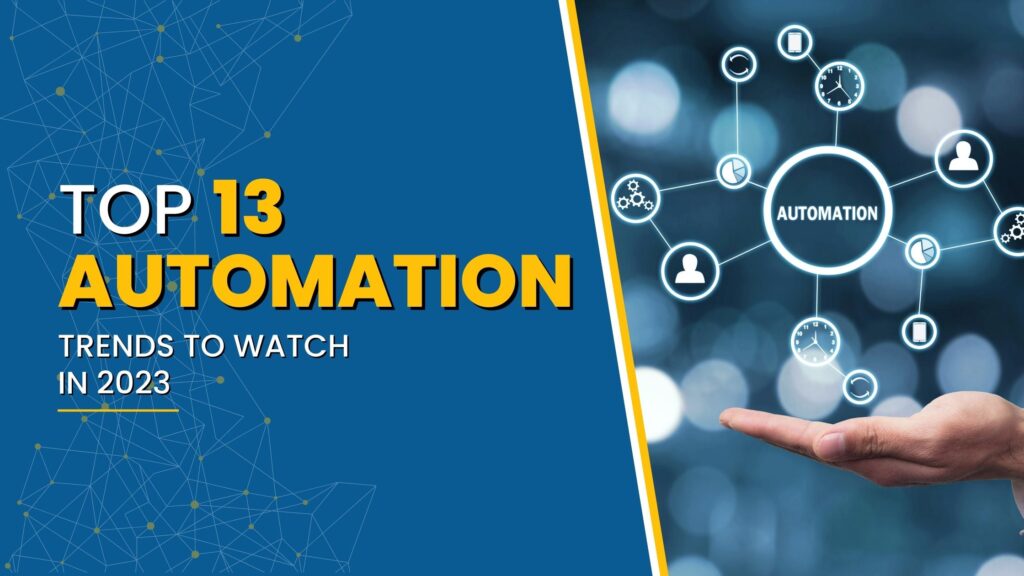Automation combines analytics, machine learning, deep learning, and natural language processing in addition to all of these technologies. Current industry leaders utilize these techniques to develop a few of the most modern solutions available.
Businesses are constantly seeking options that will make them more productive and cost-effective as the future of employment rapidly evolves. Automation has become an essential element of this process as corporations see its benefits for simplifying monotonous human activities such as payment administration and data entry.
According to Gartner, automation technologies might account for 70% of all office operations in 2023. Let’s examine in greater detail what to be expecting in terms of automation trend advancement by 2025.

